Rule of Thirds in Photography
Today, when we think of the Rule of Thirds, photography is the creative field that most commonly comes to mind. Less technical than the golden ratio, it’s a nice beginner’s rule of thumb. And while it’s often associated with landscape photography, the guideline works across any photographic genre. Let’s take a look at some examples of how photographers employ the Rule of Thirds in their work to highlight different areas of importance.
Examples of the Rule of Thirds in Landscape and Nature Photography
Whether it’s following the peaks of mountains or a cascade of water as it crashes down, balancing the elements of the natural world can be aided by the Rule of Thirds. Of course, it’s important not to get too hung up on the rule, but it’s a great beginners trick to help improve your work and take your landscape and nature photography to another level.
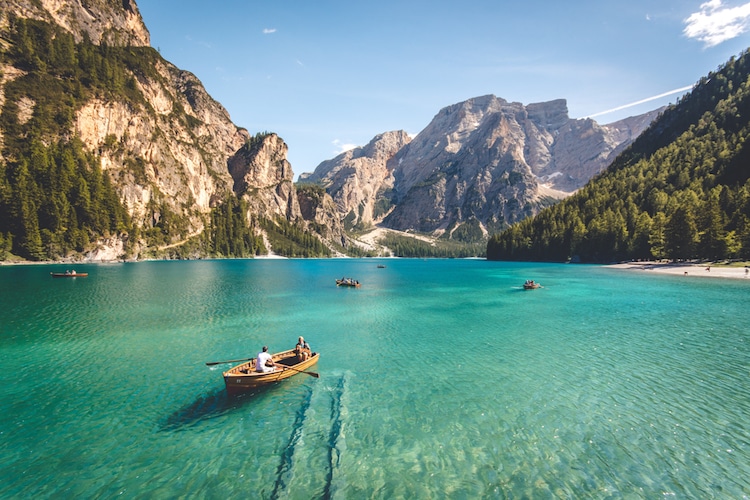
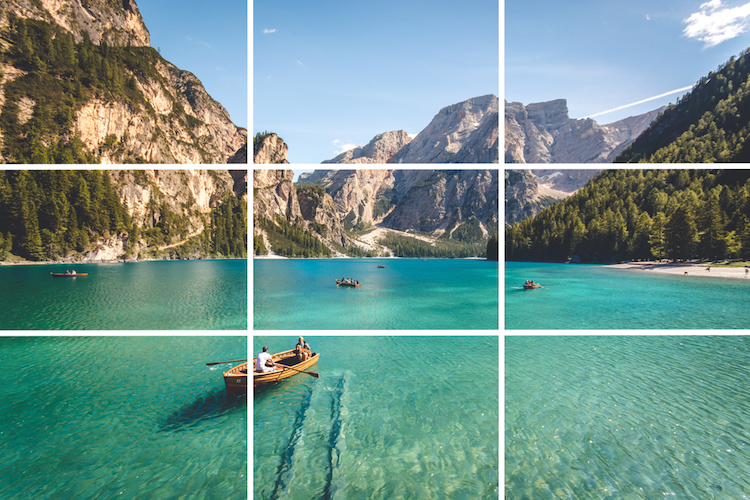


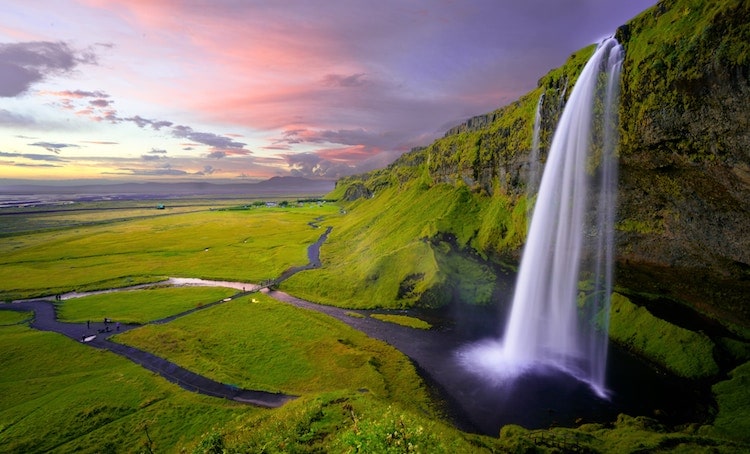
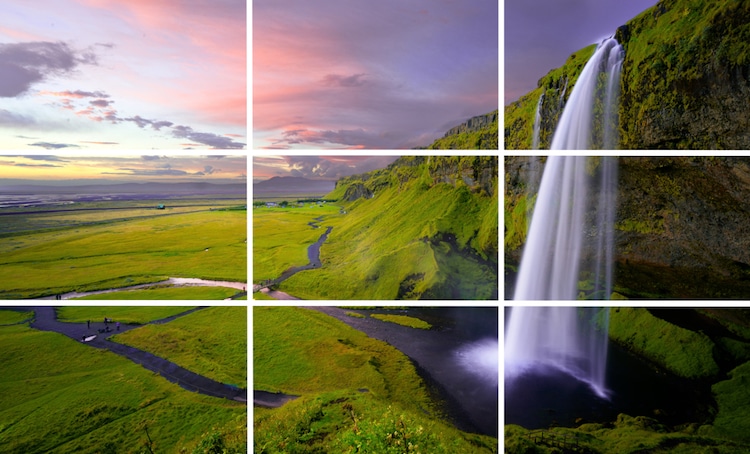
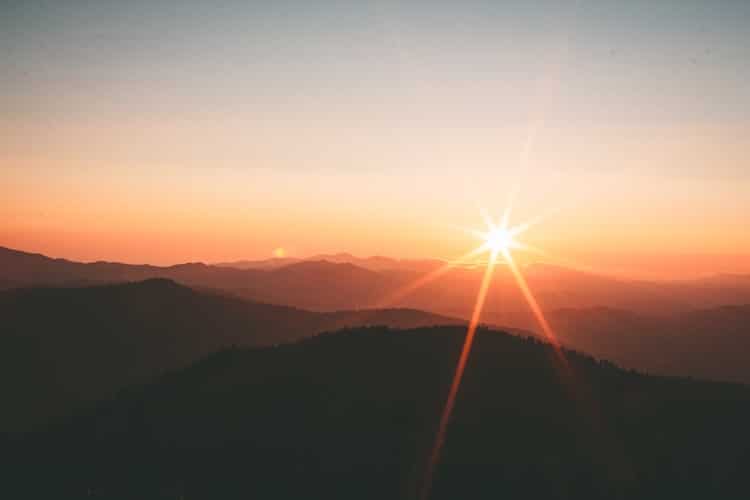
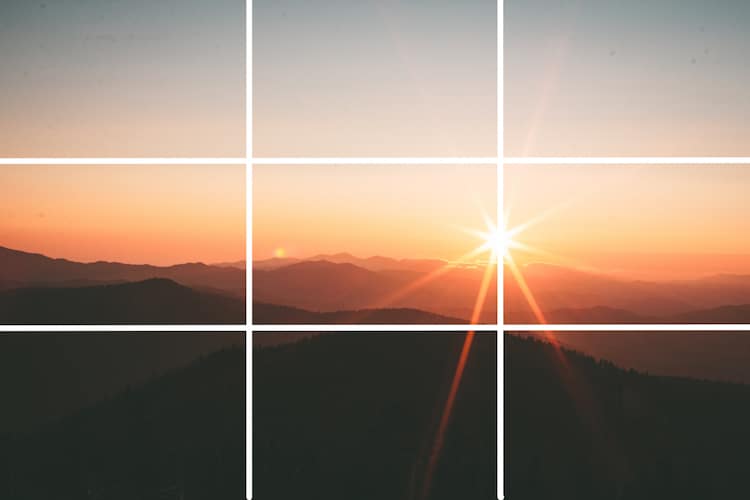
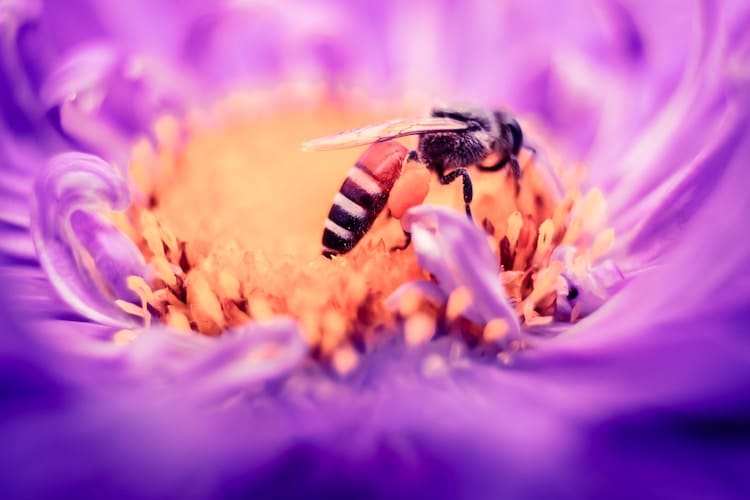
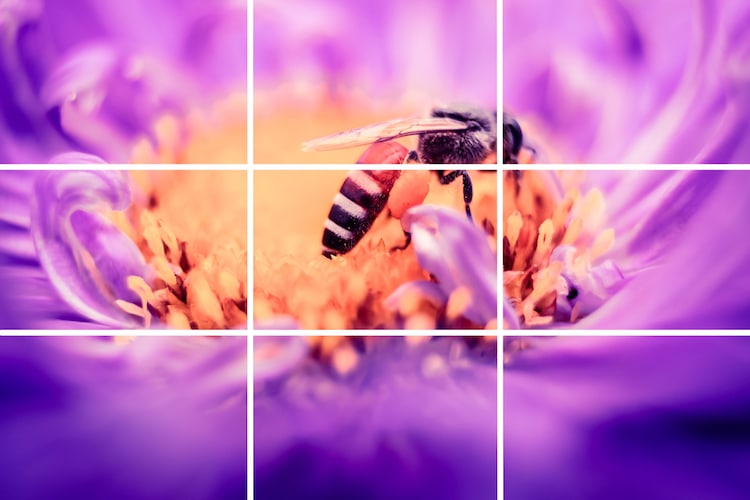
How the Rule of Thirds is Used in Portrait Photography
Creating a balanced composition in a portrait—whether or a human or animal—can be tricky, but the Rule of Thirds allows you to be more subtle than you think. Applying the rule doesn’t always mean positioning the subject off center. Creative use of lines, whether through the position of limbs or facial features or drawing on the surroundings, can make for an effective image within the Rule of Thirds grid.


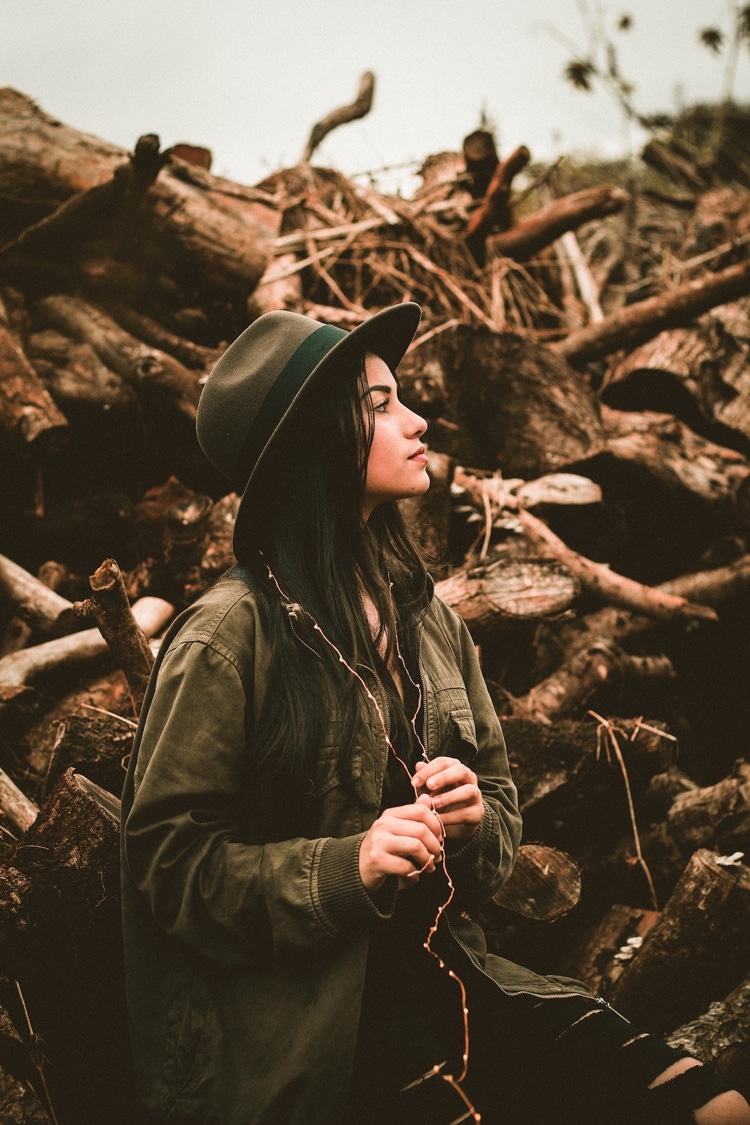
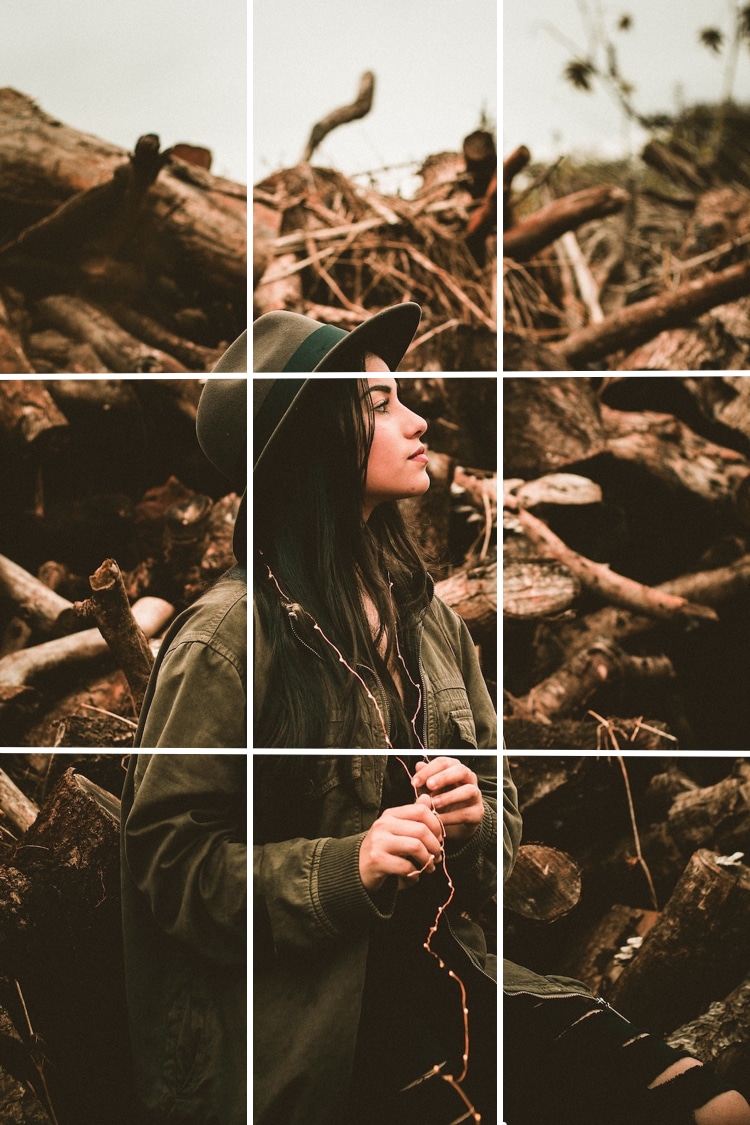
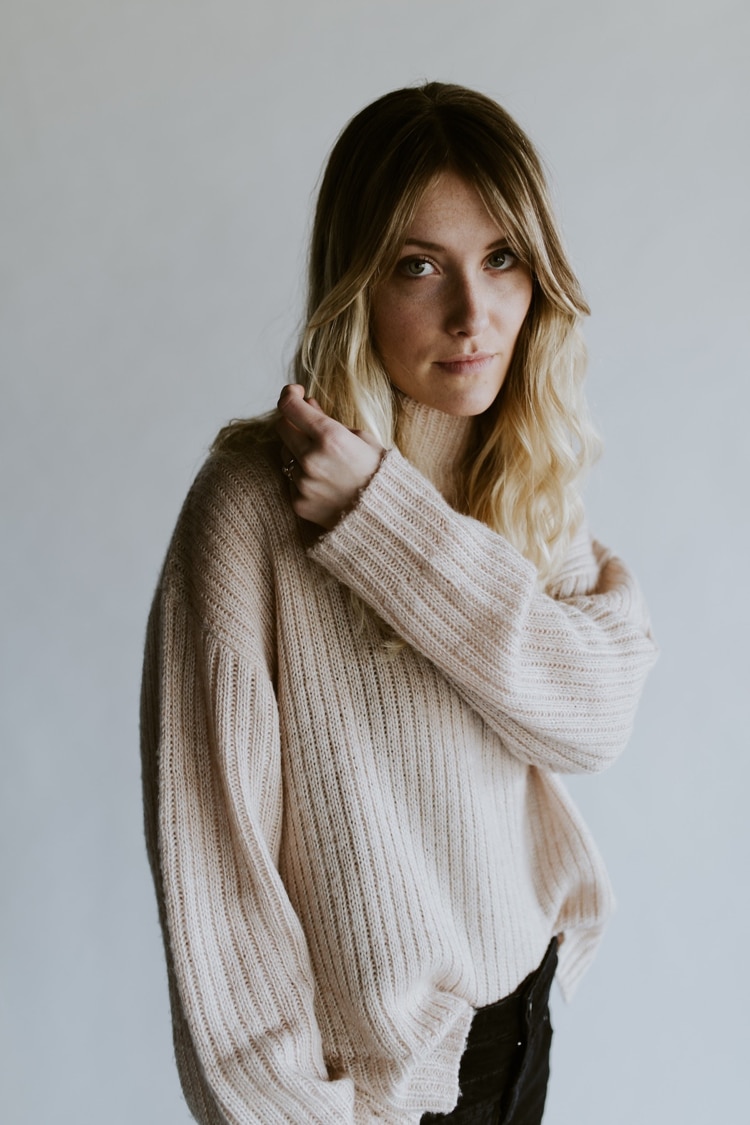
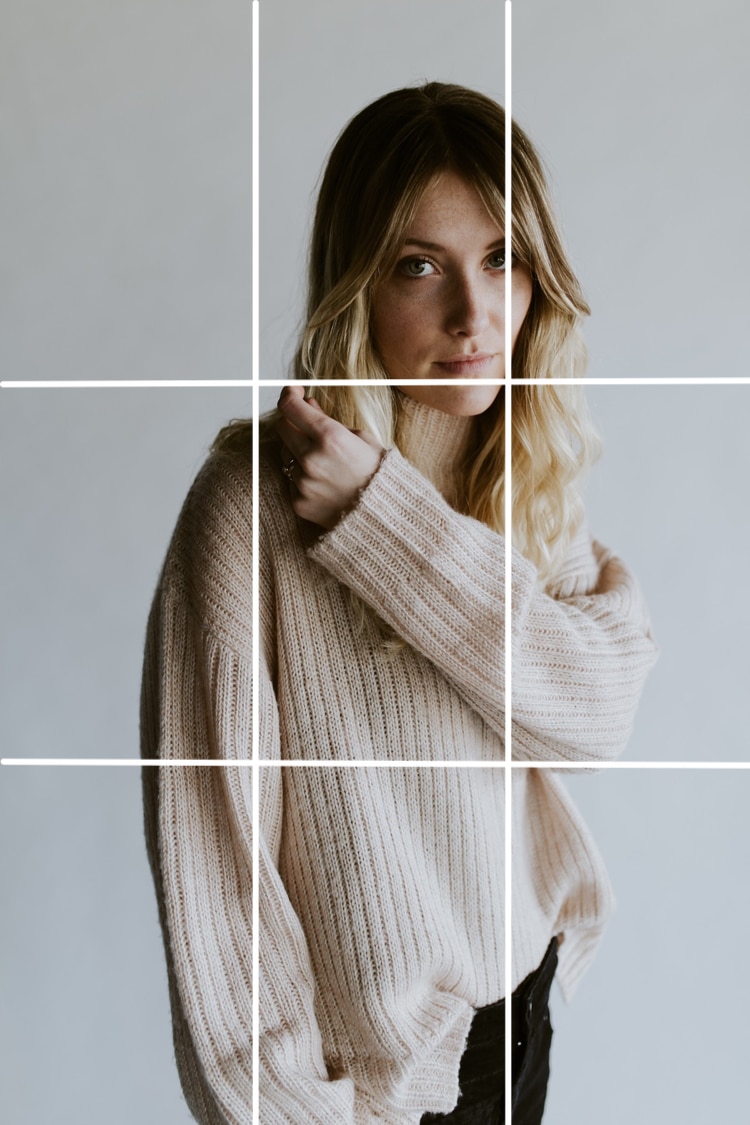
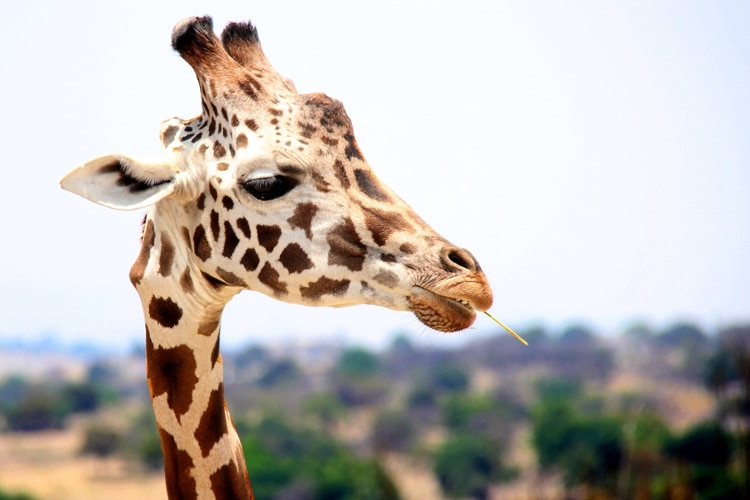
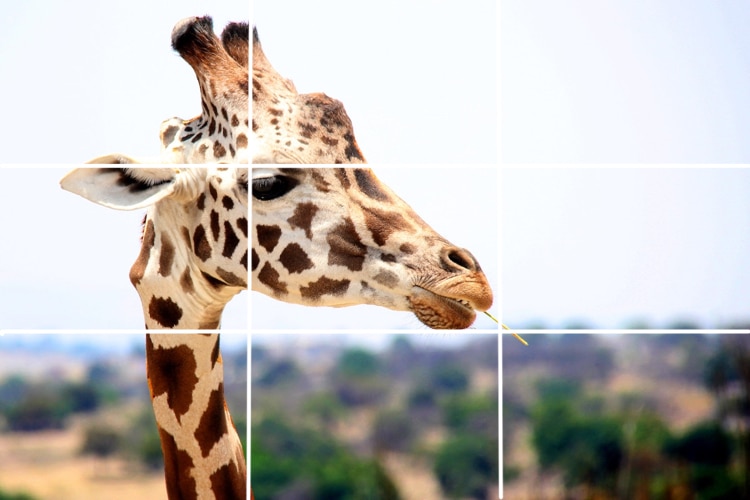
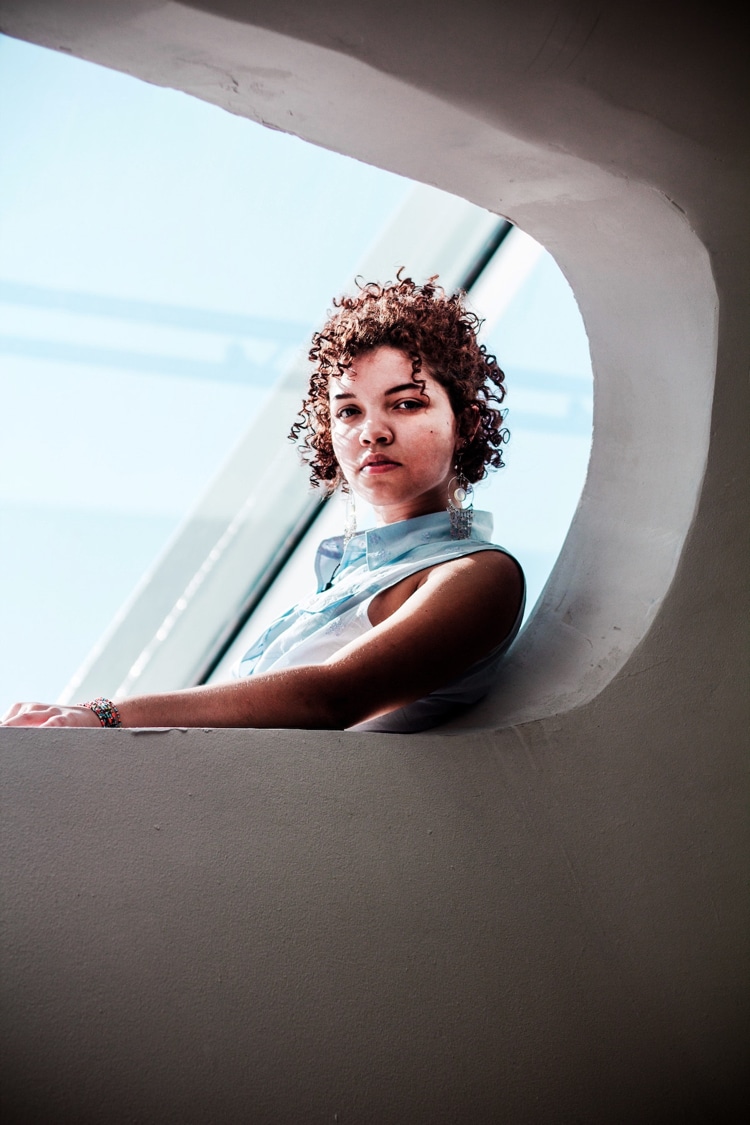

Related Articles:
Improve Your Photography Skills with These 9 Photo Composition Tips by Steve McCurry
Photographer Uses the Golden Ratio to Compose Cinematic Images Full of Drama
Coloring Book Celebrates Mathematical Beauty of Nature with Hand-Drawn Golden Ratio Illustrations
12 Photography Projects to Stretch Your Skills, One Month at a Time
9 Artists Who Transform Flowers into Visually Satisfying Art Arrangements
